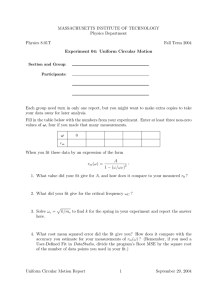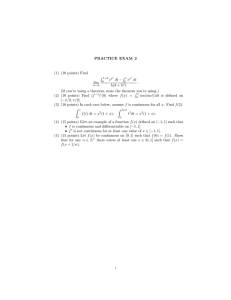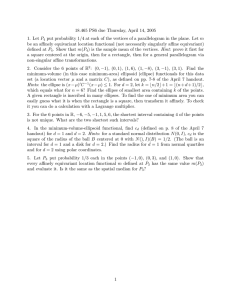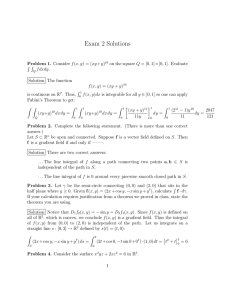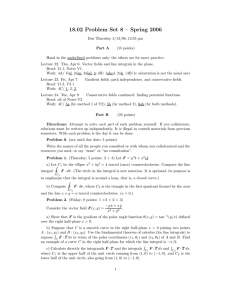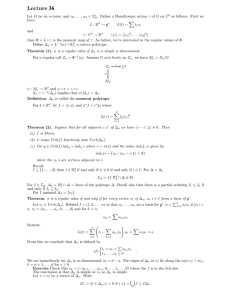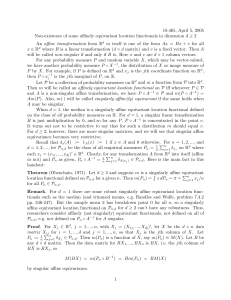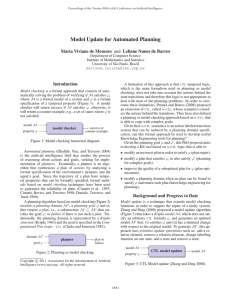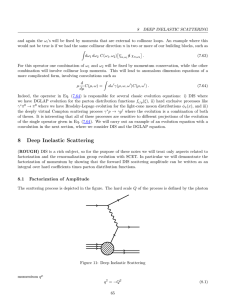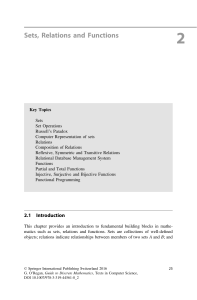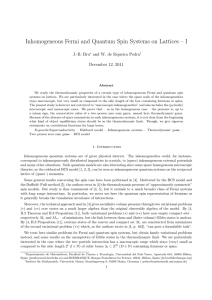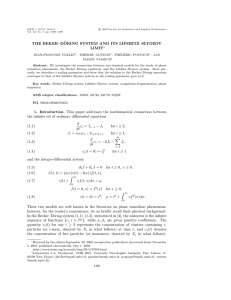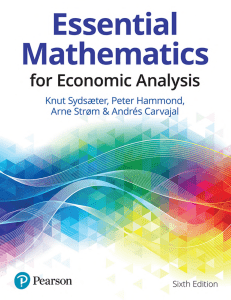18.034 PROBLEM SET 5
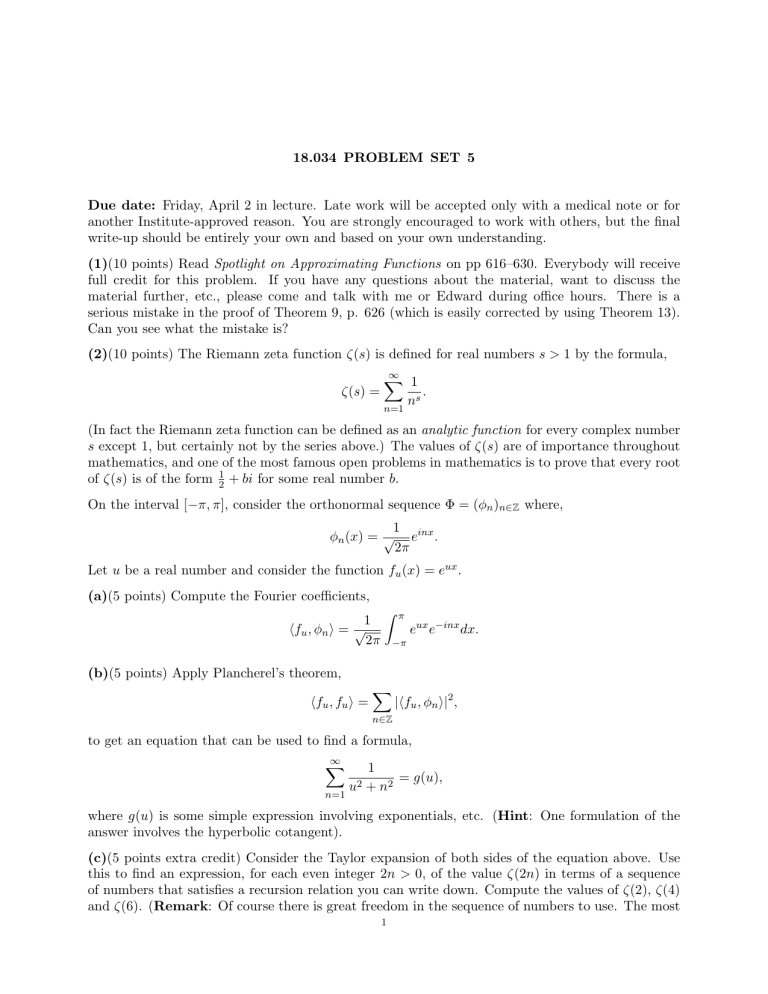
18.034 PROBLEM SET 5
Due date: Friday, April 2 in lecture. Late work will be accepted only with a medical note or for another Instituteapproved reason. You are strongly encouraged to work with others, but the final writeup should be entirely your own and based on your own understanding.
(1) (10 points) Read Spotlight on Approximating Functions on pp 616–630. Everybody will receive full credit for this problem. If you have any questions about the material, want to discuss the material further, etc., please come and talk with me or Edward during office hours. There is a serious mistake in the proof of Theorem 9, p. 626 (which is easily corrected by using Theorem 13).
Can you see what the mistake is?
(2) (10 points) The Riemann zeta function ζ ( s ) is defined for real numbers s > 1 by the formula,
ζ ( s ) =
∞
�
1 n s
. n =1
(In fact the Riemann zeta function can be defined as an analytic function for every complex number s except 1, but certainly not by the series above.) The values of ζ ( s ) are of importance throughout mathematics, and one of the most famous open problems in mathematics is to prove that every root of ζ ( s ) is of the form
1
2
+ bi for some real number b .
On the interval [ − π, π ], consider the orthonormal sequence Φ = ( φ n
) n ∈
Z where,
φ n
( x ) = √
1
2 π e inx
.
Let u be a real number and consider the function f u
( x ) = e ux
.
(a) (5 points) Compute the Fourier coefficients,
� f u
, φ n
� = √
1 �
π
2 π
− π e ux e
− inx dx.
(b) (5 points) Apply Plancherel’s theorem,
� f u
, f u
� =
�
|� f u
, φ n
�| 2
, n ∈
Z to get an equation that can be used to find a formula,
∞
�
1 n =1 u 2 + n 2
= g ( u ) , where g ( u ) is some simple expression involving exponentials, etc. ( Hint : One formulation of the answer involves the hyperbolic cotangent).
(c) (5 points extra credit) Consider the Taylor expansion of both sides of the equation above. Use this to find an expression, for each even integer 2 n > 0, of the value ζ (2 n ) in terms of a sequence of numbers that satisfies a recursion relation you can write down. Compute the values of ζ (2), ζ (4) and ζ (6). ( Remark : Of course there is great freedom in the sequence of numbers to use. The most
1
common choice is to express ζ (2 n ) in terms of the Bernoulli numbers, B n
, which are defined by the following,
1
∞
�
= ( − 1) n − 1 e z − 1
−
1 1
+ z 2
B n
(2 n )!
z
2 n − 1
. n =1
The recursion relation for B n is easy to write down.)
Each of the following problems is from the textbook. The point value of the problem is next to the problem.
(3) (5 points) p. 581, Problem 11
(4) (10 points) p. 581, Problem 23
(5) (5 points) p. 588, Problem 7
(6) (10 points) p. 588, Problem 17
2


